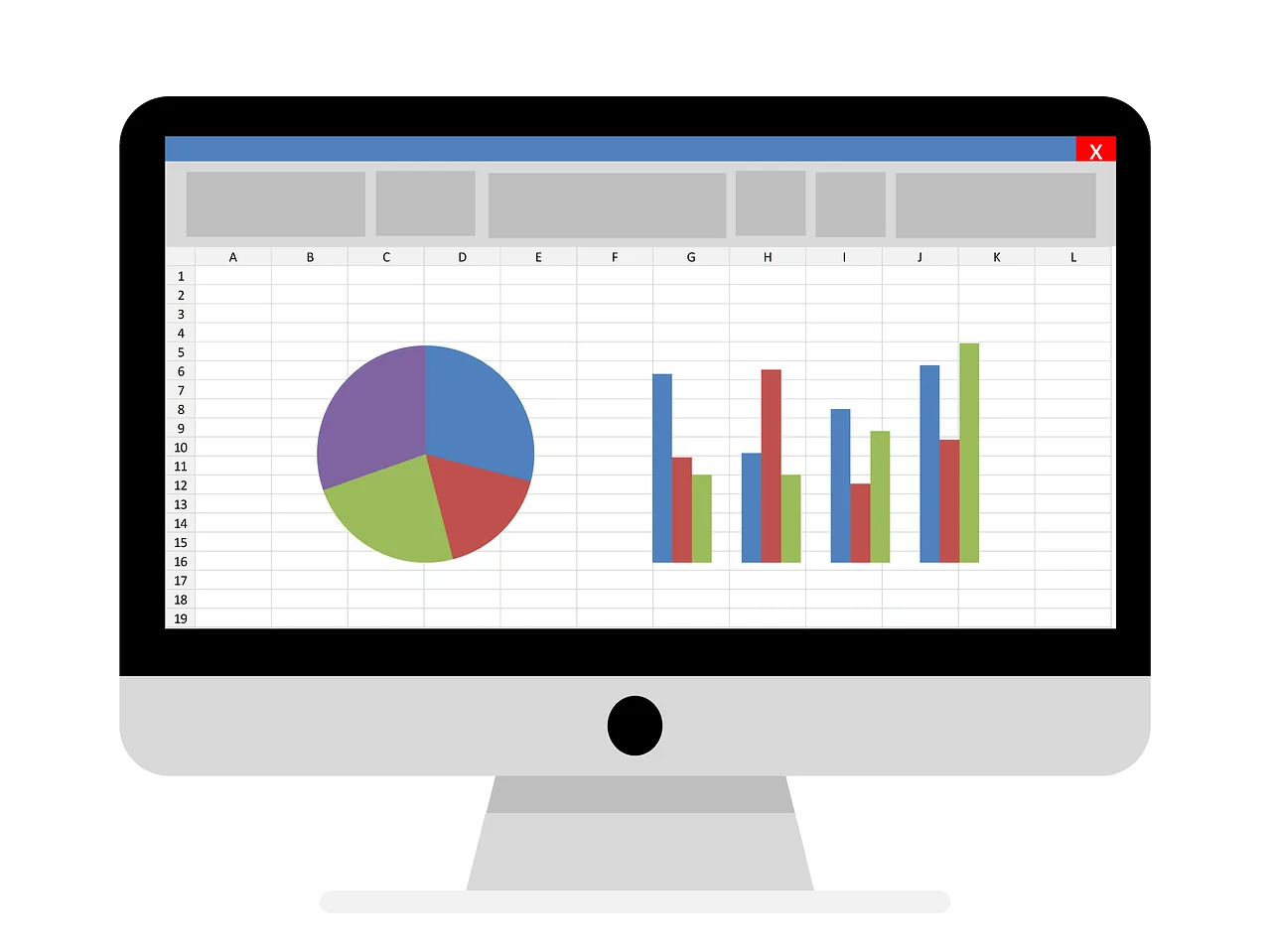In the realm of human resources, data analysis plays an important role in making informed decisions and driving organizational success.
Through effective analyzing HR data, businesses can gain valuable insights into employee performance, engagement, recruitment, and other key metrics.
While there are numerous tools available for data analysis, Excel remains one of the most accessible and widely used options.
In this step-by-step guide, l will explore how to leverage Excel for HR data analysis, empowering HR professionals to uncover meaningful patterns and trends within their organization.
10 Steps on How to Leverage Excel for HR Data Analysis
Step 1: Define Your Objectives
Before diving into data analysis, it is essential to define your objectives clearly. What specific questions do you want to answer? Do you aim to identify factors impacting employee turnover, measure the effectiveness of training programs, or evaluate diversity and inclusion initiatives? Defining your objectives will help you focus on the relevant data and structure your analysis accordingly.
Step 2: Collect and Prepare Data
The next step involves gathering the necessary data for your analysis. HR data can come from various sources, including HRIS (Human Resources Information System), payroll systems, employee surveys, and performance management tools. Once you have collected the data, it’s essential to ensure its accuracy and cleanliness. Remove any duplicates, correct errors, and standardize the data format to ensure consistency.
Step 3: Organize Your Data
To facilitate analysis, it is important to organize your data in a structured manner. Excel provides powerful features for data organization and manipulation. Start by creating a new worksheet and entering your data into columns. Each column should represent a specific variable, such as employee ID, department, performance ratings, or any other relevant data points. Ensure that each row corresponds to a unique data entry, such as an employee or a specific time period.
Step 4: Data Cleaning and Formatting
Before delving into analysis, it’s essential to clean and format the data to eliminate any inconsistencies or discrepancies. Excel offers various functionalities to assist in this process. You can remove empty cells, fill in missing data using averages or other appropriate measures, and format the data types correctly (e.g., converting dates into a uniform format). Properly cleaned and formatted data will provide more accurate and reliable insights.
Step 5: Perform Descriptive Analysis
Descriptive analysis allows you to gain an initial understanding of your HR data. Excel offers a range of functions and tools to perform descriptive analysis effortlessly. Calculate basic statistics such as mean, median, mode, and standard deviation for quantitative variables. Use frequency distribution to analyze categorical variables. Additionally, employ pivot tables to summarize and aggregate data based on specific dimensions, such as department or job title.
Step 6: Visualize Your Data
Visualizing data helps in identifying trends and patterns more effectively. Excel provides numerous charting options to create visually appealing and insightful graphs. Select the appropriate chart type based on your data and the story you want to convey. For instance, use bar charts to compare performance ratings across departments, line charts to track employee engagement over time, or pie charts to display diversity metrics.
Step 7: Perform Advanced Analysis
Excel offers several advanced analysis techniques to delve deeper into your HR data. Regression analysis allows you to identify relationships between variables and predict outcomes. Use Excel’s regression tools to determine factors influencing employee performance, satisfaction, or other critical outcomes. Conduct correlation analysis to measure the strength and direction of relationships between variables.
Step 8: Create Dashboards and Reports
To present your HR data analysis effectively, consider creating dashboards and reports. Excel’s visualization features, combined with the data you have analyzed, enable you to build interactive dashboards that provide a comprehensive overview of key HR metrics. Utilize pivot tables, charts, and slicers to create dynamic and user-friendly reports that stakeholders can explore to gain valuable insights.
Step 9: Draw Insights and Make Data-Driven Decisions
After conducting the analysis and generating reports, it’s time to draw meaningful insights from the data. Identify trends, patterns, and correlations that can inform HR strategies and decision-making. For example, you might discover that training programs with higher participation rates correlate with improved employee performance. These insights will guide you in formulating evidence-based recommendations and making informed decisions.
Step 10: Continuously Monitor and Refine Analysis
Data analysis is an ongoing process. To harness the full potential of HR data, it’s important to continuously monitor and refine your analysis. Regularly update your data and reassess your objectives to ensure your analysis remains relevant and aligned with the evolving needs of your organization. Periodically review and refine your methodologies and techniques to improve the accuracy and depth of your insights.
Conclusion
Excel serves as a versatile and accessible tool for HR data analysis. Through this step-by-step guide, HR professionals can harness the power of Excel to unlock valuable insights, drive evidence-based decision-making, and enhance overall organizational performance.
Note that effective HR data analysis requires careful planning, proper data organization, thorough cleaning and formatting, insightful visualizations, advanced analysis techniques, and a continuous commitment to refine and improve the process.









































